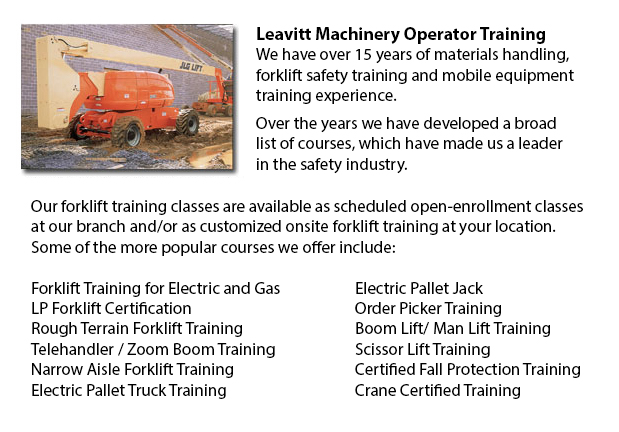
Aerial Lift Certification Alberta - Aerial Lift Certification is for individuals who need an in-depth understanding of aerial lift safety. Operators and inspectors, maintenance workers, construction craftsmen and supervisors must perform a training and certificate program. State, federal and provincial regulations need businesses to be certified to be able to do in-house aerial lift inspections.
The majority of workers who are needed to perform tasks at elevated level will often utilize the same means to get to these required heights, regardless of the kind of work which must be performed. Scissor lifts and aerial lifts are the mechanized machines made use of to be able to lift equipment and workers to elevated places.
Bucket trucks called Cherry Pickers are aerial platforms which feature a supported boom and bucket. The primary hazard to utilizing this type of platform is often falls, electrocutions, and tip overs. Certification guarantees that workers who use aerial lifts are properly trained to operate the machine safely. Training likewise makes sure that workers know how to maintain aerial work platforms in accordance with the instructions of the manufacturer.
Aerial lift training certification programs will cover the following: Vehicle-mounted aerial lifts, Boom-supported scissor lifts and aerial lifts. Trainees would learn about safe operating procedures and would gain knowledge about the dangers that usually result in aerial lift incidents. They will be technically competent in the different kinds of aerial lifts, as well as components and terminology. From choosing the best aerial lift for the job to interpreting rated capacity charts, the certification program would provide employees with everything they should know in order to carry out their work safely.
Inspectors and supervisors who have the responsibility to inspect aerial lift machines should know how to inspect booms, gears, structural components, operating mechanisms, control systems and functions, braking systems, power plants, attachments, shafts and pins, hydraulic, pneumatic and electric parts, operator aids and emergency safety devices, etc. Training will comprise the following: the role of the inspector in lessening accidents and liability exposure; how to perform a pre-use, annual and monthly inspection; how to apply and interpret rules about aerial lift safety standards; how to write inspection reports; checklists and techniques; inspection procedures; understanding and applying the three levels of aerial lift inspection; complying with record keeping requirements; and when to remove aerial lifts from service if they are defective.
-
Crane Training School Alberta
Crane Training School Alberta - The crane training school provides industry-relevant programs. Courses provide trainees with learning results which match current industry demands. Our small class sizes combine theory and hand-on experience. Our quali... More -
Aerial Lift / Boom Lift / Man Lift / Scissor Lift Training in Alberta
Scissor platform lifts are lift truck tables which lift up materials and people and supplies vertically. They are normally utilized in commercial, industrial and construction environments. A common use of scissor lifts is for lowering or lifting cons... More -
Forklift Certification Courses Alberta
Forklift Certification Courses Alberta - Forklift certification really helps to be able to ensure that businesses are following regulations and legislation. Forklift operators must go through certification prior to being permitted to run machinery. I... More -
Manlift Ticket Alberta
Manlift Ticket Alberta - The Elevated Platforms and Manlifts Certification program helps to provide the required training on the safe operating procedures, work practice, rules and regulations regarding the daily activities for the operators of this... More -
Crane Safety Training Alberta
Crane Safety Training Alberta - Both crane driver and their supervisors have to be aware of all the possible problems associated to the operation of an overhead crane. All over North America, there is legislation which provides rules for the safe ins... More -
Fall Protection Training in Alberta
There are high numbers of injuries at work connected to falling and a lot of fall-related deaths reported each year. Most of these instances might have been avoided with better training, better measures in place, and by correctly equipping staff befo... More -
Scissor Lift Ticket Alberta
Scissor Lift Ticket Alberta - Scissor hoists have significantly benefited construction operations in view of the fact that the work that used to need a lot of effort and lots of people, could now be done using the scissor lift and just one individual... More -
Overhead Crane Training Alberta
Overhead Crane Training Alberta - An overhead crane is a huge crane utilized to move and lift large, heavy things that can't be lifted by hand. An overhead crane is typically fixed in place when in use. These machinery are capable of moving huge volu... More

Forklift Training Alberta
TOLL FREE: 1-888-254-6157
forkliftcertificationalberta.com/
Email Us
About Us


